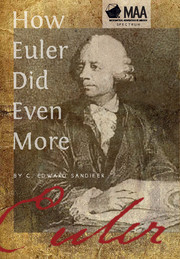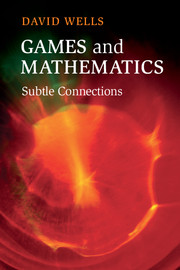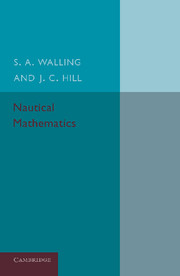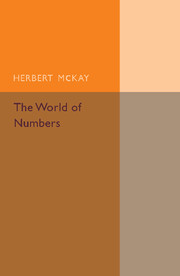How Euler Did Even More
C. Edward Sandifer has been studying Euler for decades and is one of the world's leading experts on his work. This book is the second collection of Sandifer's 'How Euler Did It' columns. Each is a jewel of historical and mathematical exposition. The sum total of years of work and study of the most prolific mathematician in history, this volume will leave the reader marveling at Euler's clever inventiveness, which Sandifer explicates and puts in context.
- A collection of columns by one of the world's leading Euler scholars
- A sequel to Sandifer's popular book How Euler Did It
- The columns are self-contained and give context, as well as detail, to every topic discussed
Product details
April 2015Paperback
9780883855843
247 pages
255 × 178 × 14 mm
0.45kg
Temporarily unavailable - available from TBC
Table of Contents
- Preface
- Part I. Geometry:
- 1. The Euler line
- 2. A forgotten Fermat problem
- 3. A product of secants
- 4. Curves and paradox
- 5. Did Euler prove Cramer's Rule?
- Part II. Number Theory:
- 6. Factoring F5
- 7. Rational trigonometry
- 8. Sums (and differences) that are squares
- Part III. Combinatorics:
- 9. St Petersburg paradox
- 10. Life and death – part 1
- 11. Life and death – part 2
- Part IV. Analysis:
- 12. e, π and i: why is 'Euler' in the Euler identity
- 13. Multi-zeta functions
- 14. Sums of powers
- 15. A theorem of Newton
- 16. Estimating π
- 17. Nearly a cosine series
- 18. A series of trigonometric powers
- 19. Gamma the function
- 20. Gamma the constant
- 21. Partial fractions
- 22. Inexplicable functions
- 23. A false logarithm series
- 24. Introduction to complex variables
- 25. The Moon and the differential
- Part V. Applied Mathematics:
- 26. Density of air
- 27. Bending light
- 28. Saws and modeling
- 29. PDEs of fluids
- 30. Euler and gravity
- Part VI. Euleriana:
- 31. Euler and the hollow earth: fact or fiction?
- 32. Fallible Euler
- 33. Euler and the pirates
- 34. Euler as a teacher – part 1
- 35. Euler as a teacher – part 2
- Index
- About the author.






